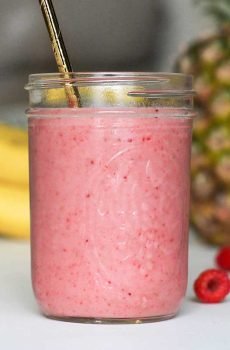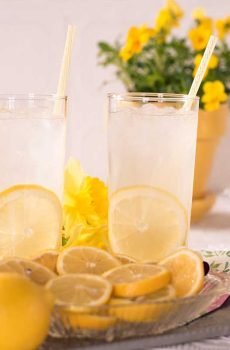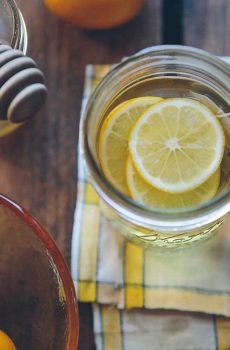Be the first to review “Fruits Mix Smoothie” Cancel reply

Fruits Mix Smoothie
₹7.00
The product was developed in 1948 at the University of Florida’s Citrus Research and Education Center. Since, it has emerged as a commodity product, and futures contracts have traded in New York since 1966. Options on FCOJ were introduced in 1985. From the late 1950s to the mid-1980s, the product had the greatest orange juice market share, but not-from-concentrate juices surpassed FCOJ in the 1980s
Exclusive products
- Sale!
Fresh
Citronnade
Soft drink (popular in North Africa and Middle-East) made with an infusion of lemon juice and zest with sugar
Mix
Fruits Mix Smoothie
The product was developed in 1948 at the University of Florida’s Citrus Research and Education Center. Since, it has emerged as a commodity product, and futures contracts have traded in New York since 1966. Options on FCOJ were introduced in 1985. From the late 1950s to the mid-1980s, the product had the greatest orange juice market share, but not-from-concentrate juices …
Fresh
Cucumber Water
Cucumber Water is one of the most popular detox water recipes ever. The great taste and health benefits of cucumber water make it famous for good reasons.







Reviews
There are no reviews yet.